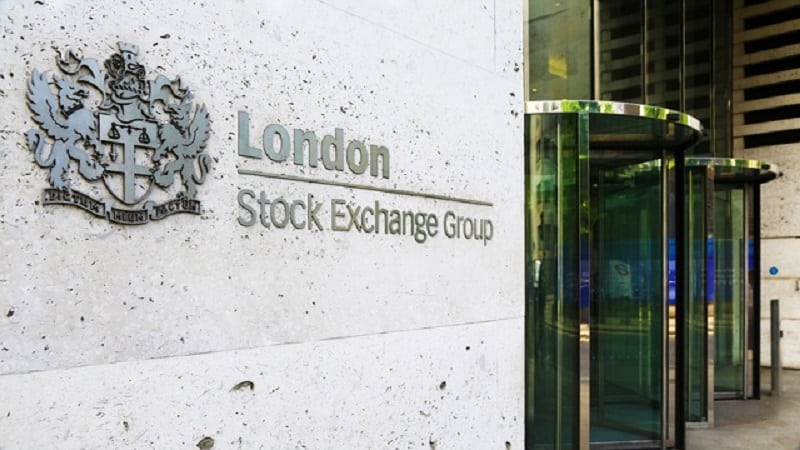By Polina Kurdyavko, head of emerging market debt at RBC BlueBay Asset Management
Emerging market debt investors must navigate significant challenges to find opportunities as Trump 2.0 and geopolitical conflicts weigh heavily on the asset class.
However, thanks to fiscal sustainability and low sovereign and corporate indebtedness within the emerging markets universe, there remain select opportunities to capitalise upon for investors who can successfully manoeuvre the market turbulence.
The geopolitical landscape in 2025 is expected to remain uncertain, with ongoing tensions in Eastern Europe, the Middle East, and East Asia. This creates an element of volatility that could impact the broader EM universe.
But it also presents opportunities, particularly if political changes lead to de-escalation or conflict resolution. A shift in US foreign policy that potentially leads to a reduction in global tensions could have positive implications for EM – stabilising key geopolitical flashpoints and improving investor sentiment.
Winners and losers of tariffs
In the near term, markets are adjusting to the newly reinstated President Trump and trying to interpret his policies and their implications. Shifts in trade dynamics, fiscal priorities and geopolitical strategies could introduce volatility to global risk assets, including emerging markets debt.
Tariffs proposed by Trump are likely to be damaging to a number of countries, resulting in weaker growth and higher inflation in the US and elsewhere. More broadly, US tariffs on Chinese products are likely to create clearer and more differentiated winners and losers in emerging markets.
While Asian economies might continue on their historic path of relatively low inflation and high growth in the near future, ultimately, the countries that are able to capitalise on the new supply chain configuration will have the most to gain.
Foreign direct investment (FDI) flight out of China is likely to benefit US allies, such as South Korea, Vietnam, and the Philippines, due to cheaper production costs. Other countries, such as Singapore, Indonesia and Malaysia, may continue to cultivate strong partnerships with both Beijing and Washington. India will have a unique role to play, as it seeks to carve out a path of its own and capture FDI leaving China.
Challenges in sovereign debt
Latin American sovereign debt presents a more challenging picture. While Brazil’s high public debt-to-GDP ratio remains a concern, its reliance on domestic funding shields it from external shocks. Panama and Colombia face political hurdles in implementing fiscal adjustments, raising concerns about long-term sustainability.
However, many emerging market countries have strengthened their fiscal and monetary frameworks, leading to improvements in sovereign credit ratings. The majority of sovereign restructuring events concluded in 2024, leaving only the long-standing sovereign defaults outstanding in Lebanon and Venezuela.
The fundamental sovereign credit outlook for the rest of 2025 is thus more positive, as having survived the shocks of the past few years, many countries have grown reserve buffers and reduced near-term liquidity stress, aided by restored market access and bilateral and multilateral support.
Volatility presents new opportunities
Most EM local rates performed relatively well in 2024 in the face of core rate market headwinds, including the US Treasury sell-off. In 2025, pockets of value in select EM local markets should emerge as the direction of tariff regimes solidifies.
Meanwhile, EM corporates entered 2025 from a position of strength, with the asset class having outperformed DM peers across all ratings categories in 2024. The high default rates of the post-Covid era, which were largely driven by the Chinese property crisis along with a steady stream of negative geopolitical events, are now behind us, with EM corporates going through a sharp de-leveraging event as a result.
Weakness in China, particularly in real estate, and uncertainty regarding the outcome of potential peace discussions in Ukraine remain continued risks that the market is well aware of. Nevertheless, the overall benign outlook for defaults should usher in a period more akin to the lower default environment of the pre-Covid era, where Sharpe ratios for the asset class were meaningfully higher and above 1 in many cases.
Many significant challenges remain for emerging market debt investors in the year ahead, including elections, evolving economic policies, global economic turbulence, and geopolitical tensions. In a rapidly changing and globally interconnected trade environment, economic conditions are prone to change, especially in volatile markets.
However, strengthened fiscal and monetary frameworks offer room for optimism in some sovereign markets and corporates more broadly, whilst higher yields relative to developed market peers provide a buffer for assets to withstand potential market volatility. While there are many risks to be aware of, there remain worthwhile opportunities for returns for investors who can weather the uncertain market conditions ahead.











